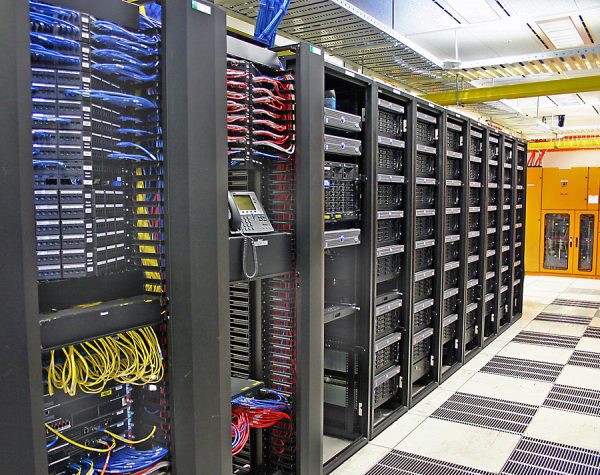
When it’s time for a data center to move to a new location, upgrade outdated equipment, or shut down, several concerns come up. First, there are laws requiring steps to be taken to ensure the security and privacy of clients and customers. Second, several states have laws in place that require electronics to be recycled and not trashed.
Regardless of your reasons for the decommissioning project, there are steps you should take. You have to follow the laws, keep business interruptions to a minimum, and avoid costly delays or mix-ups. These are the questions you need to ask and the prioritization for each step.
What is Being Moved?
Before you do anything, you need to come up with a game plan. Start by creating a thorough list of what is moving. Go over each electronic item in the data center. Each item should be assigned a tracking number so that you can keep track of where everything is. Record what box it went into and what truck it’s on.
If you’re shutting down the data center, you have to decide what still has value and can have its data wiped for resale. Others will be recycled. If you’re moving, you need to decide what stays, what goes, and what could be refurbished and resold. After sorting all of these, take the final lists and make sure all of your key employees involved in the decommissioning have a copy of this list.
How Long Do You Have?
How long do you have? While calculating the time it will take, you need to consider the time spent disassembling electronics, packing them up, loading them onto trucks, and taking them to the new location. If this is just a move, you also have the time spent unloading, unpacking, and setting up the new data center.
If you’re moving, can you afford to take everything offline for a day or do you need to ensure constant connectivity? Who is responsible for backing up data and how long will they need to do that? How far are you moving? Consider the amount of time that the moving trucks would be in traffic getting from one location to the other.
What’s Your Budget?
What’s the budget for the project? You need to factor in the extra duties some workers will undertake during the move. Factor in the equipment you need for the move. Are you renting moving trucks? Do you need a forklift, handcart, crates, boxes, and packing materials?
If there is outdated equipment, you need to play how you will be recycling those electronics. Are you hoping to get money back by having the data wiped and preparing them for resale?
With this information in mind, you need to create a timeline of how the move will go. Create a schedule and keep in mind that incidents can cause delays. While you’re moving, do you have clients or vendors who need to be notified of the move? It will take time to notify them, answer their questions, and offer assurances during the move that any downtime is going to be minimal.
Hold a Meeting to Discuss the Move
Sit down before the target date and go over the plan with the data center’s integral employers, administrators, shareholders, and others. You need to make sure that everyone understands their role during the decommissioning, has everything they need, and are prepared for unexpected situations.
Make the Move
On the day of the move, everyone must work together to take the correct steps. You’ll have the IT department working with accounting to record what goes to electronics recycling or ITAD services. Someone in those departments needs to get receipts and tracking information to follow the progress in the electronics data destruction and recycling process.
You’ll have movers loading trucks and bringing the items to their designated location. Triple checks make sure a box or crate doesn’t accidentally go to the wrong place. If you are moving and can’t completely shut down, you’ll also have a limited number of employees keeping the data center operations going as the equipment is moved from point A to point B.
If you’re leasing the offices that house your data center, it’s likely that you’ve been told the area must be returned to the state it was when you leased it. You may need to shampoo carpeting, fix nicks and scratches in the walls, and remove all furnishings that you added. This will be your final step.
Call in an Expert
Companies who think they can do it by themselves often regret that decision. They realize it’s best to call in a professional. Why choose ERI in your data center decommissioning? It reduces your stress and ensures you get the decommissioning done on time and on budget. We can help with keep data secure, information private, improve efficiency and resale value, and do it all while protecting the environment.
One of ERI’s clients needed to move an entire data center to a new location, but there was a time crunch of 30 days in place. Not only did ERI get the decommissioning project done on time and on budget, but the team also remarketed a large portion of the electronics after wiping the data. The resale value of those items covered a third of the project’s total cost.
When you hire us to decommission your data center, you get a dedicated account manager, a team of on-site logistics specialists and engineers, and the knowledge that we are fully certified and compliant with e-Stewards, ISO 9001, NAID, and R2. Call today to discuss your decommissioning project.